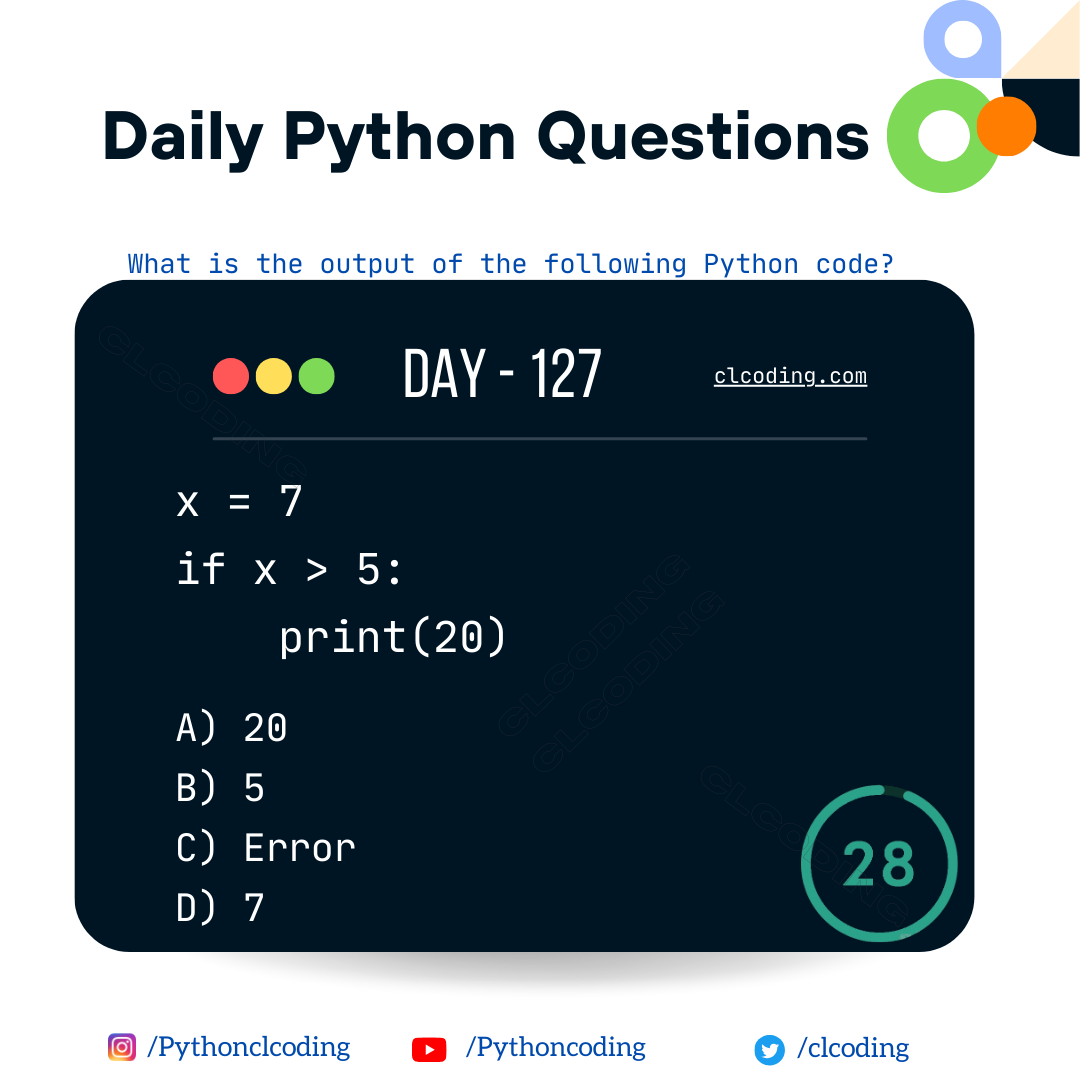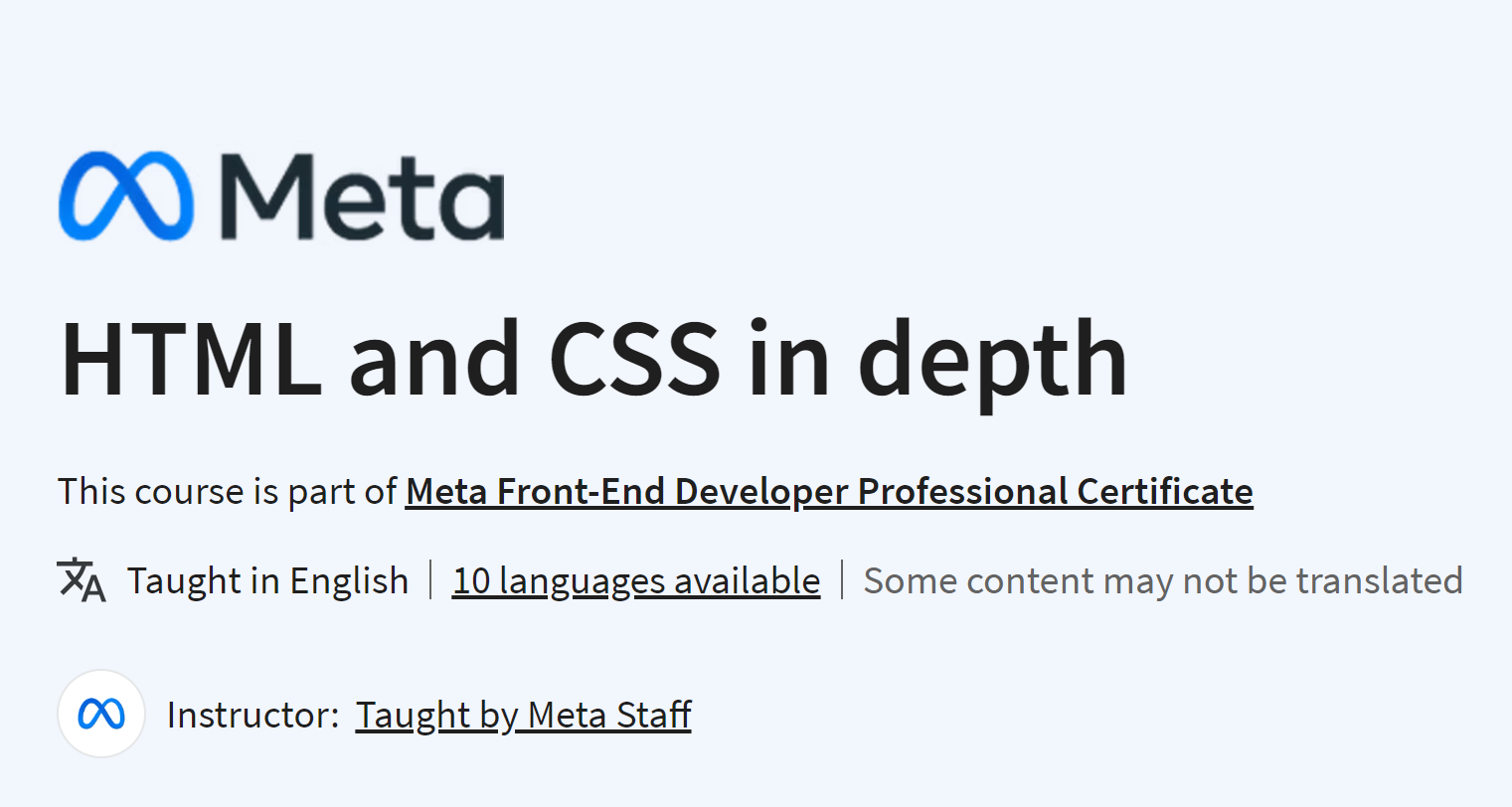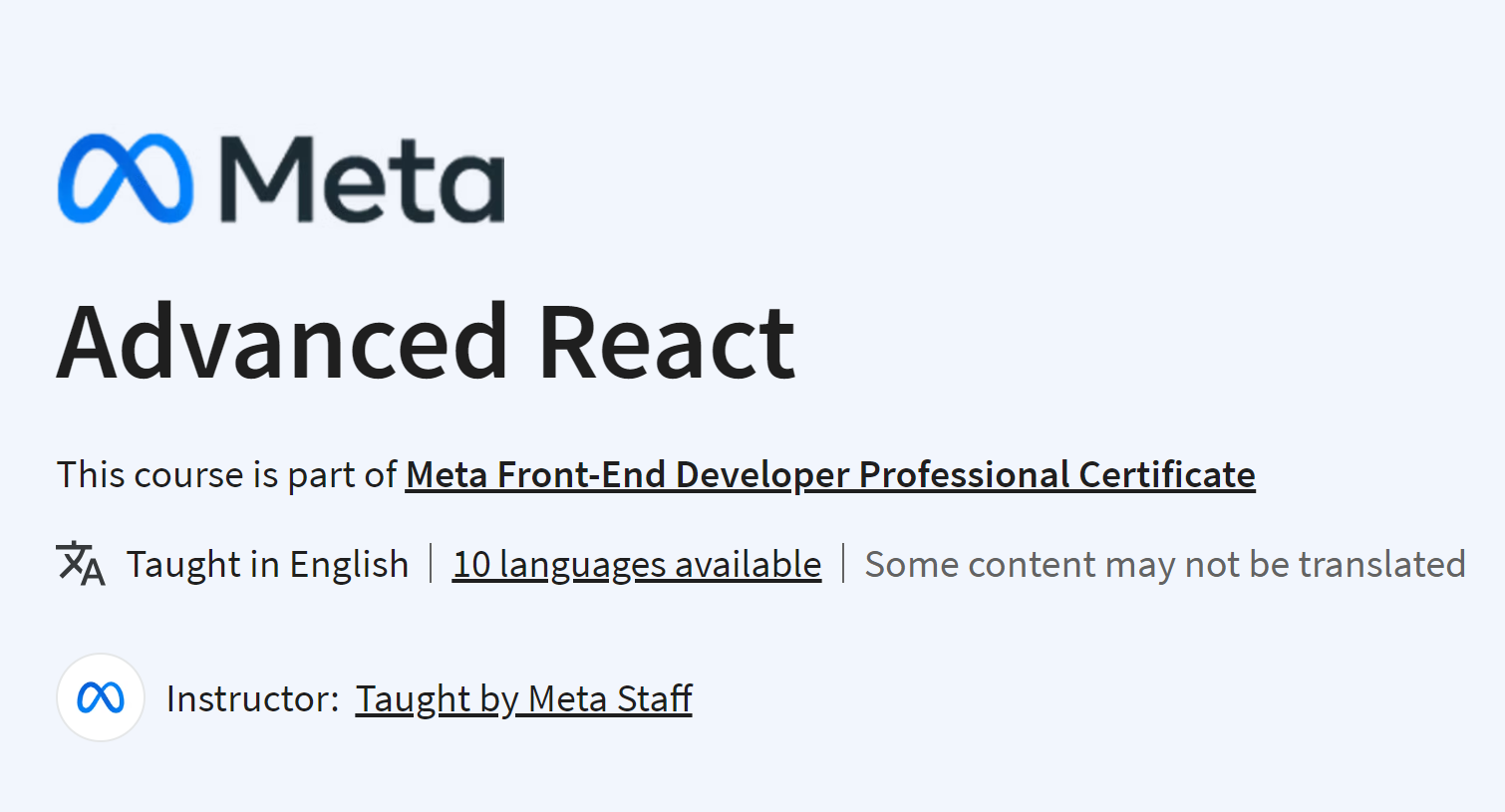Learn to develop and deploy dashboards as web apps using the Python programming language, and how to integrate algorithms into web apps.
Author Tshepo Chris Nokeri begins by introducing you to the basics of constructing and styling static and interactive charts and tables before exploring the basics of HTML, CSS, and Bootstrap, including an approach to building web pages with HTML. From there, he’ll show you the key Python web frameworks and techniques for building web apps with them. You’ll then see how to style web apps and incorporate themes, including interactive charts and tables to build dashboards, followed by a walkthrough of creating URL routes and securing web apps. You’ll then progress to more advanced topics, like building machine learning algorithms and integrating them into a web app. The book concludes with a demonstration of how to deploy web apps in prevalent cloud platforms.
Web App Development and Real-Time Web Analytics with Python is ideal for intermediate data scientists, machine learning engineers, and web developers, who have little or no knowledge about building web apps that implement bootstrap technologies. After completing this book, you will have the knowledge necessary to create added value for your organization, as you will understand how to link front-end and back-end development, including machine learning.
What You Will Learn
Create interactive graphs and render static graphs into interactive ones
Understand the essentials of HTML, CSS, and Bootstrap
Gain insight into the key Python web frameworks, and how to develop web applications using them
Develop machine learning algorithms and integrate them into web apps
Secure web apps and deploy them to cloud platforms
Who This Book Is For
Intermediate data scientists, machine learning engineers, and web developers.





















.jpg)






.PNG)





.png)






.png)





.png)


.png)
%20in%20Finance).jpg)
.png)

.png)




.png)



.png)






